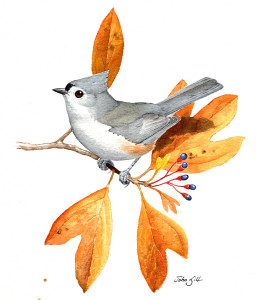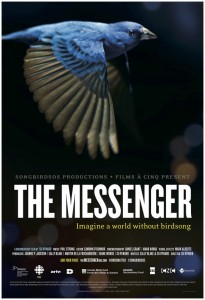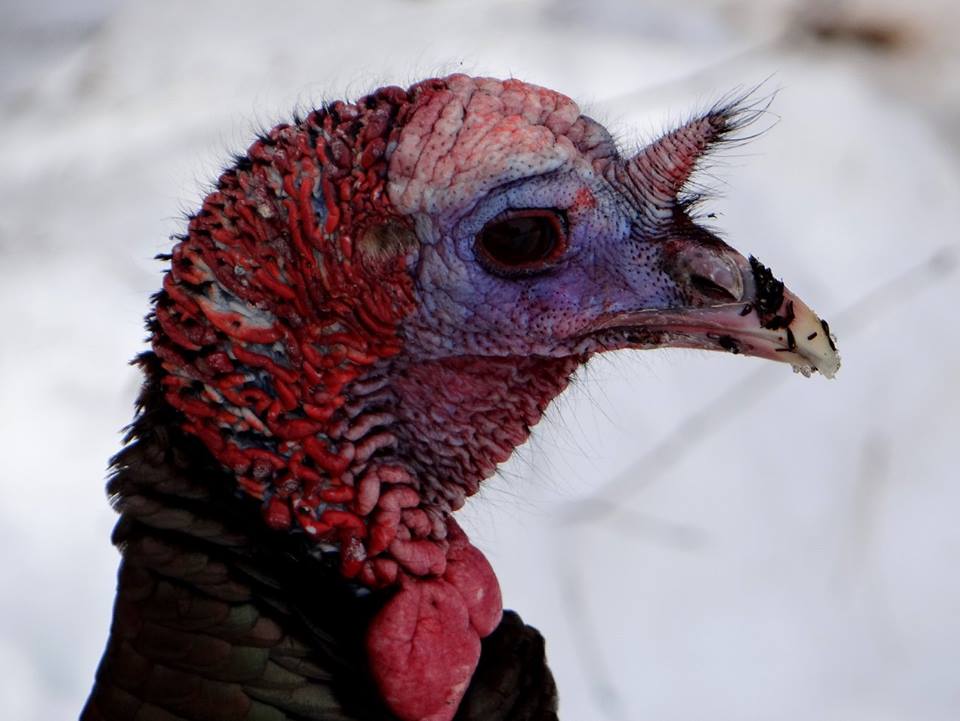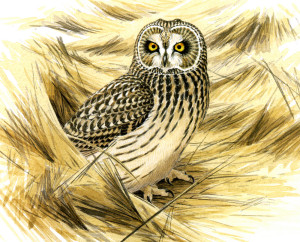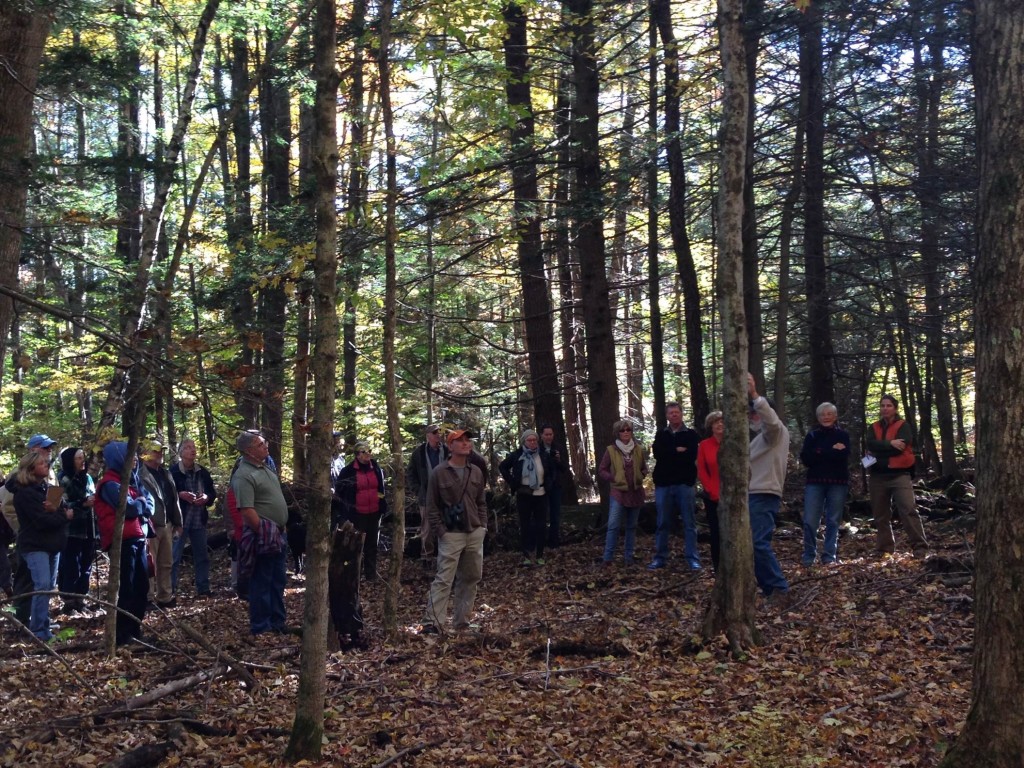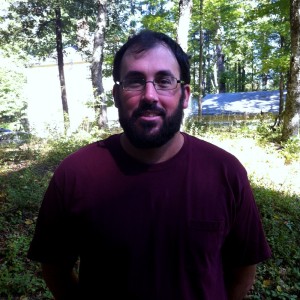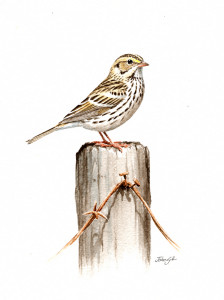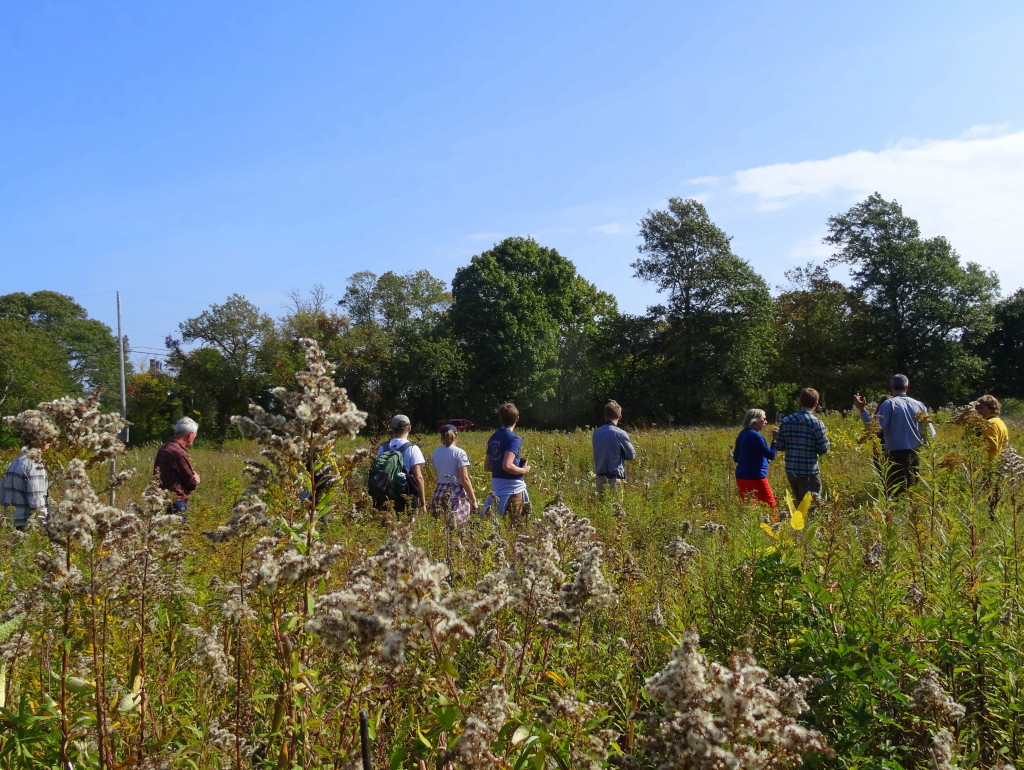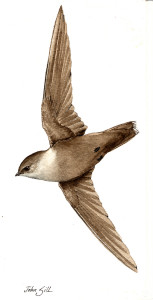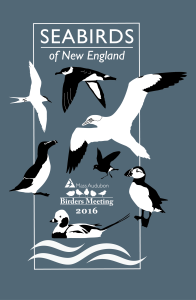
Merchandise with this design will be available to purchase on the day, by Kristin Foresto.
Registration for Mass Audubon’s 24th Annual Birders Meeting is now open! The 2016 meeting will take place on Sunday March 13th at UMass Boston, 100 Morrissey Boulevard Boston.
The theme of the meeting is SEABIRDS: DIVERS AND THEIR DRIVERS. Following last fall’s dramatic concentration of seabirds off Cape Cod, the program will focus on seabirds and their remarkable characteristics, adaptations, behaviors, and varied forms and functions. Special emphasis will be given to the factors that influence their distribution and ecology, along with some of the outstanding conservation efforts being directed at protecting seabirds in a rapidly changing world.
A star-studded lineup of speakers will include keynote speaker, Dr. David Wingate (savior of the Bermuda Petrel), in addition to Dr. Steven Kress and Derrick Jackson (restoration of the Atlantic Puffin in the Gulf of Maine), and Sophie Webb (acclaimed artist, author, and veteran student of seabirds). Other speakers will discuss seabird identification techniques and research and monitoring efforts right here in Massachusetts.
Whether you are a seabird junkie or not, you will be after attending this event! Don’t miss out, Register now!


